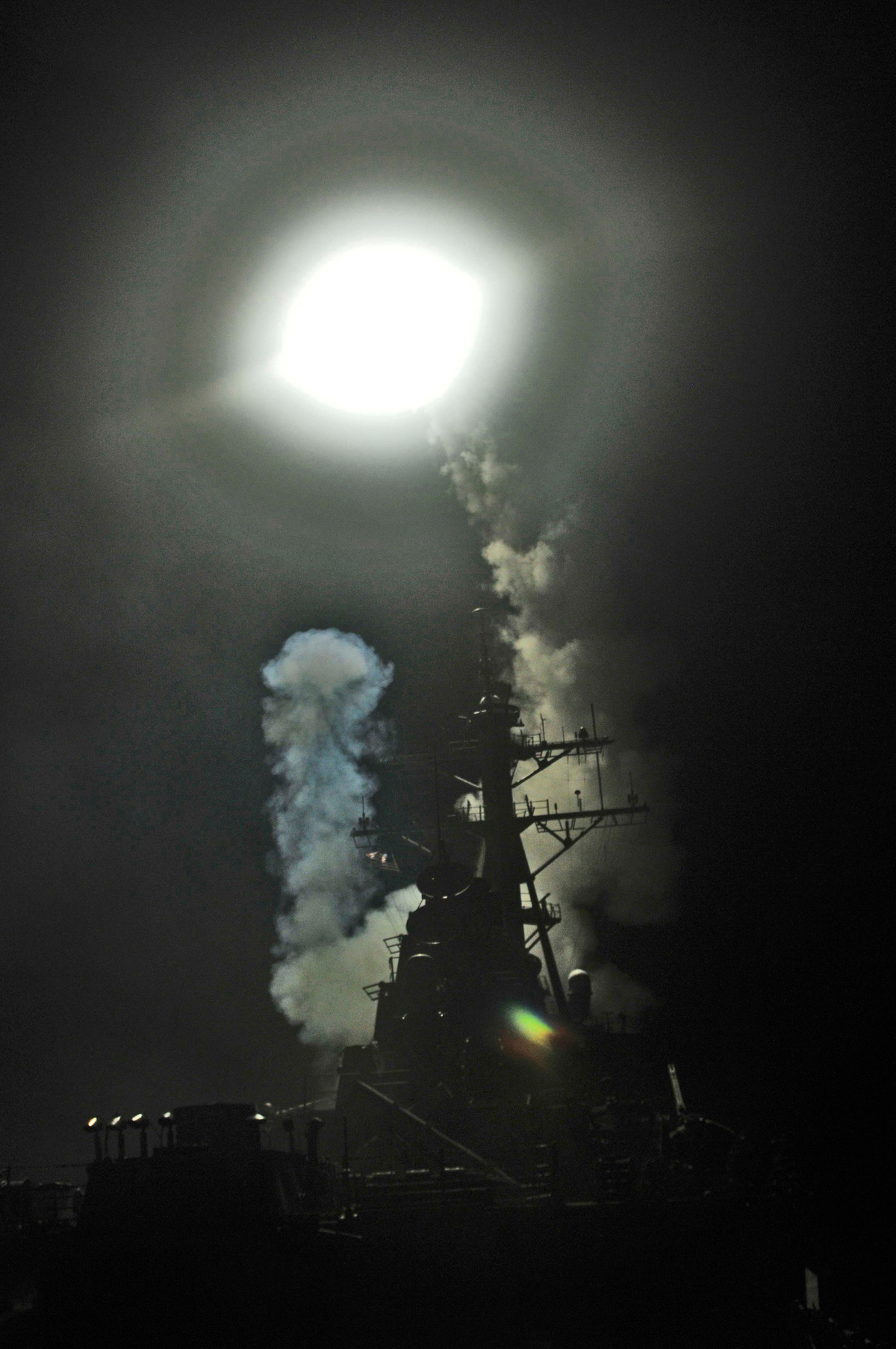- Joined
- 27 September 2006
- Messages
- 6,417
- Reaction score
- 6,816
As the latest attempt to get a VSTOL aircraft (The F35) to do what a conventional fighter/bomber does but less effectively and for more money. I ask the controversial question was VSTOL ( a bit like hovercraft and monorails) a 60s fad that should have been allowed to die quietly.
I realise that immediately I will be faced with the role of the Sea Harrier in the 1982 Falklands War. But this was a uniquely British scenario and has not been repeated.
The RAF operated a force of Harriers for years from fixed bases in Germany and UK that were just as vulnerable as their Jaguar and Buccaneer counterparts.
The US Marines have in practice only flown Harrier missions from land bases in Italy or the Gulf rather than the expensive LHAs and LHDs.
Is the reality that there are always enough fixed bases to operate land based aircraft and that if you need anything more mobile only a real carrier aircraft (F14, F18 or A6) will do?
As this is the bar, I am being deliberately provocative but the Harrier has become a bit of a British Concorde Spitfire totem and the F35 costs a bucket load of scarce pounds
I realise that immediately I will be faced with the role of the Sea Harrier in the 1982 Falklands War. But this was a uniquely British scenario and has not been repeated.
The RAF operated a force of Harriers for years from fixed bases in Germany and UK that were just as vulnerable as their Jaguar and Buccaneer counterparts.
The US Marines have in practice only flown Harrier missions from land bases in Italy or the Gulf rather than the expensive LHAs and LHDs.
Is the reality that there are always enough fixed bases to operate land based aircraft and that if you need anything more mobile only a real carrier aircraft (F14, F18 or A6) will do?
As this is the bar, I am being deliberately provocative but the Harrier has become a bit of a British Concorde Spitfire totem and the F35 costs a bucket load of scarce pounds


